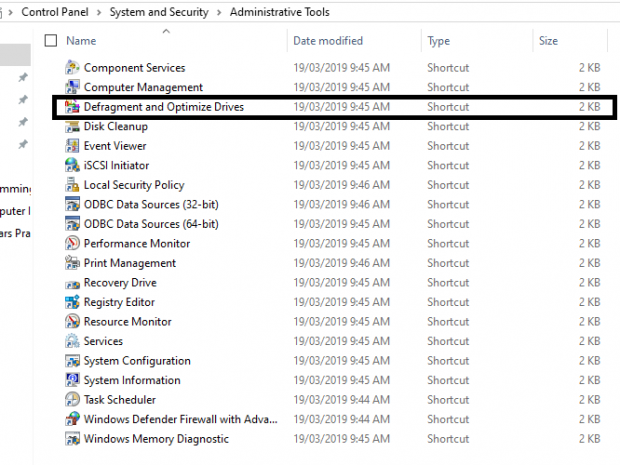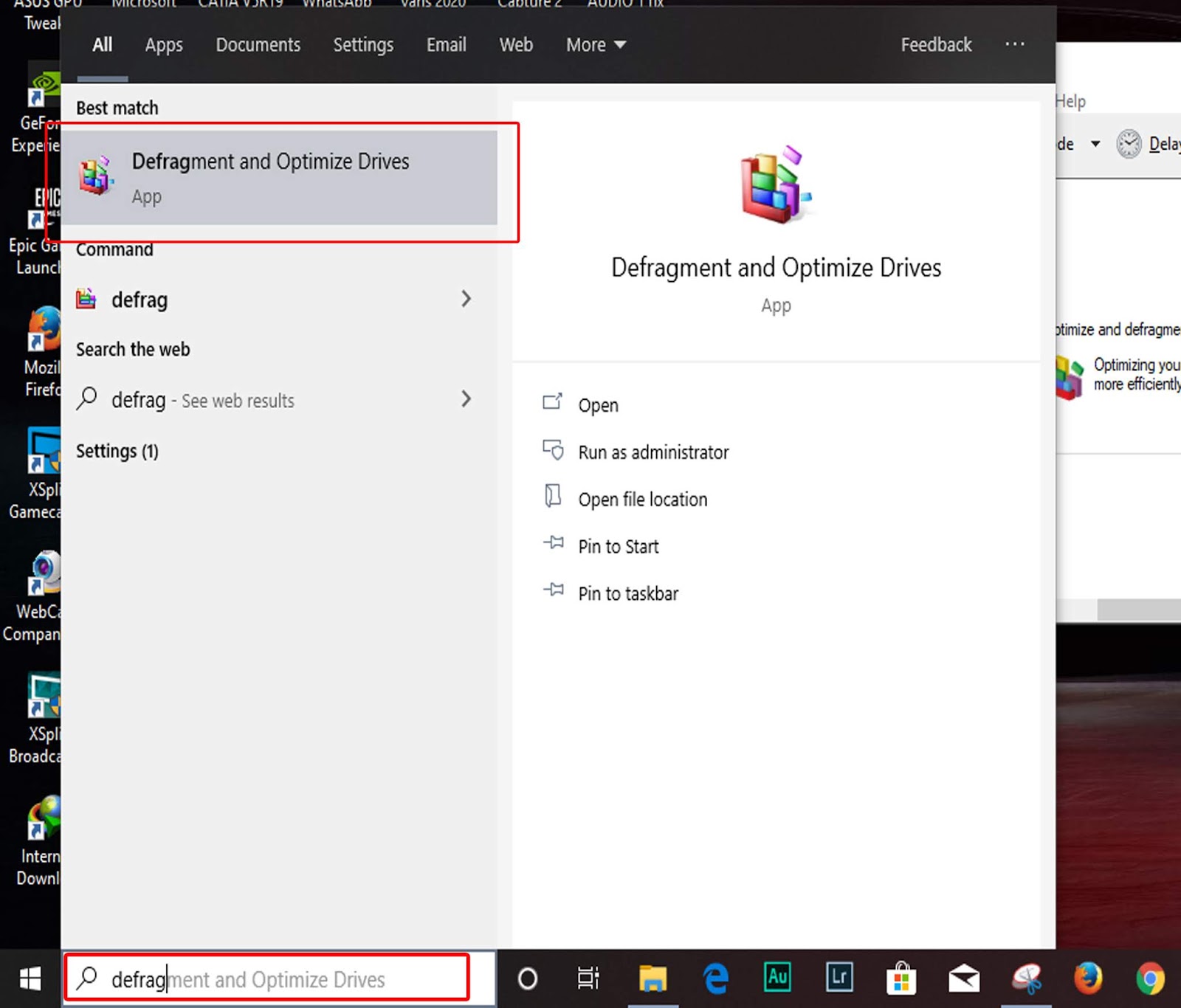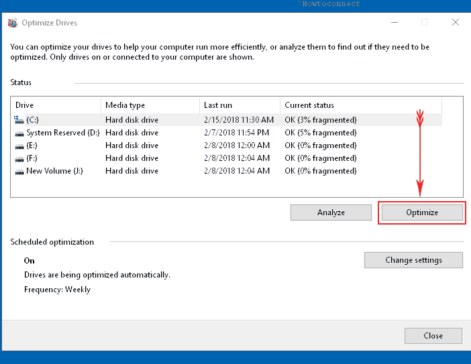

If the SSD is listed on your Optimise drives built-in tool, because Windows does perform a few of the optimization options on the Solid State Drives to improve its performance. In any case, we do not recommend defragmenting SSDs as that can cause performance issues and even reduce your drive's lifespan. However, the system lets you try defragmenting and optimizing them if you suspect issues. It may also be noted that Solid State Drives do not need defragmentation. Under ideal conditions, you should defragment your computer when you know you will not be working on it for a considerable time, or at least until the defragmentation is done. You can now repeat the procedure for other drives or partitions on your computer.ĭo note that depending on the status of the optimization status of the drive you have chosen, the time taken for the defragmentation can take a right from a few seconds to a few minutes. Once the defragmentation is completed, you should find the tool showing OK(0% fragmented) against the drive you have picked. The tool will now begin defragmenting and optimising your drive.



Most of the time, Windows 10 defragments the drive automatically, but if you notice any slower performance, it may be necessary to run the built-in option to optimise drivers. This is achieved because the system can pick the files located close together instead of looking for the hard drive. This phenomenon is called disk fragmentation and can make the PC work slower.ĭefragmentation is a task or process that brings the data blocks together in a physical space and speeds up your system. The files and data blocks that make up the files on your Windows system can get scattered to different locations as part of your computer's normal functioning. There is a built-in tool on Windows 10 to Defragment and Optimize Drives with ease. If you have been a regular user of the Windows operating system since Windows 7 or even before, you would be aware of at least some of the built-in tools that come along with the operating system.


 0 kommentar(er)
0 kommentar(er)
